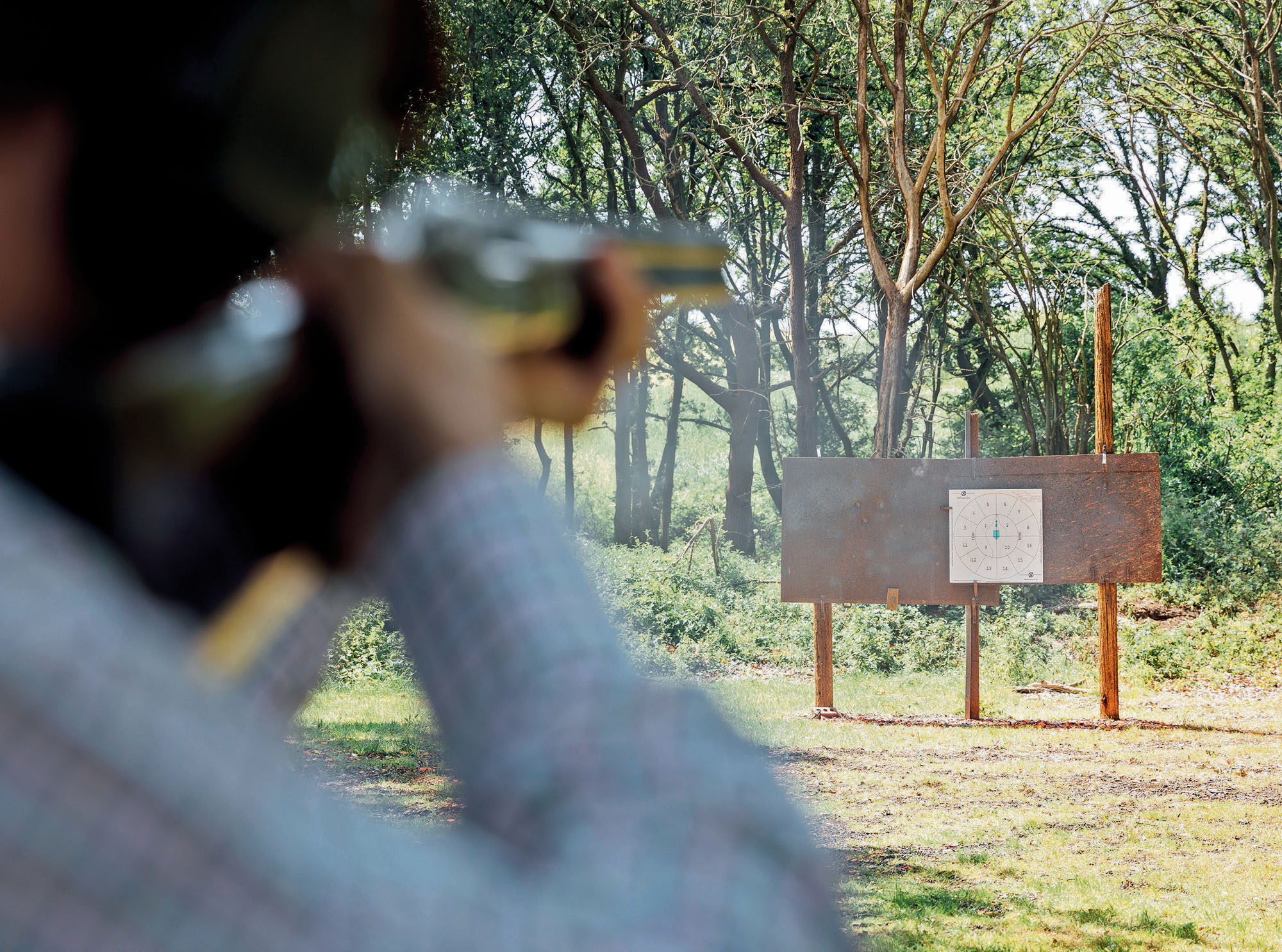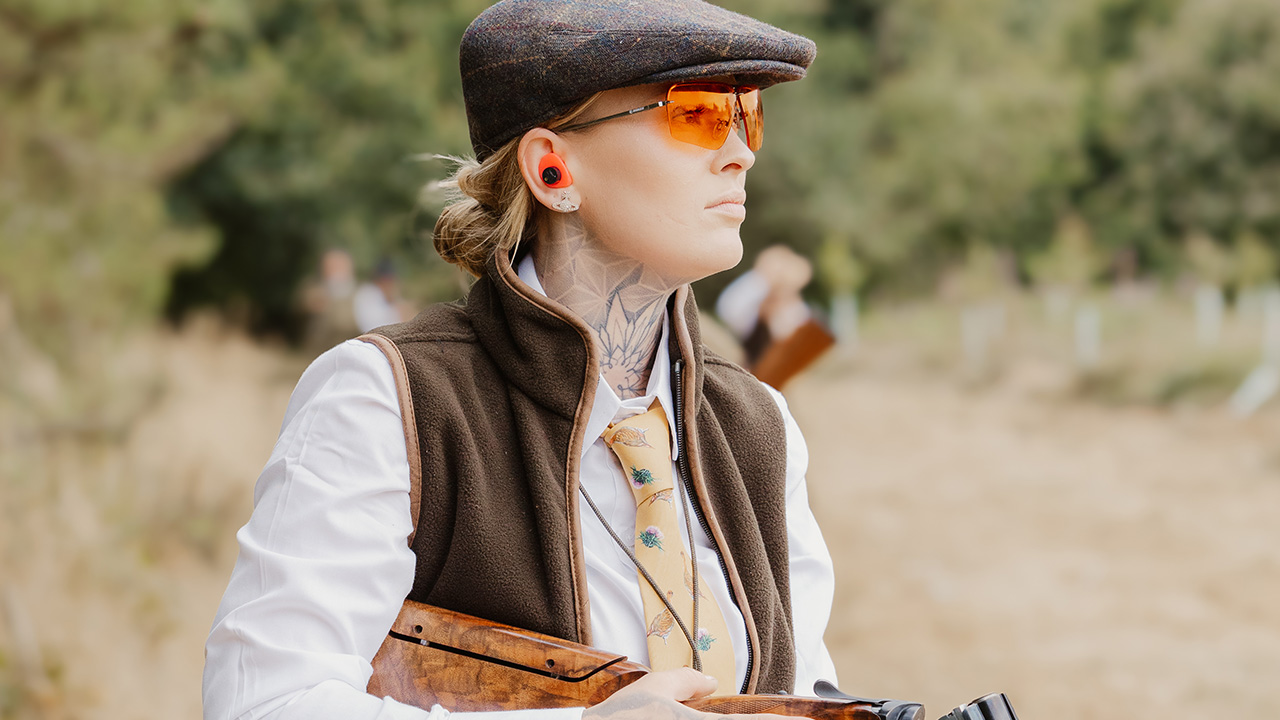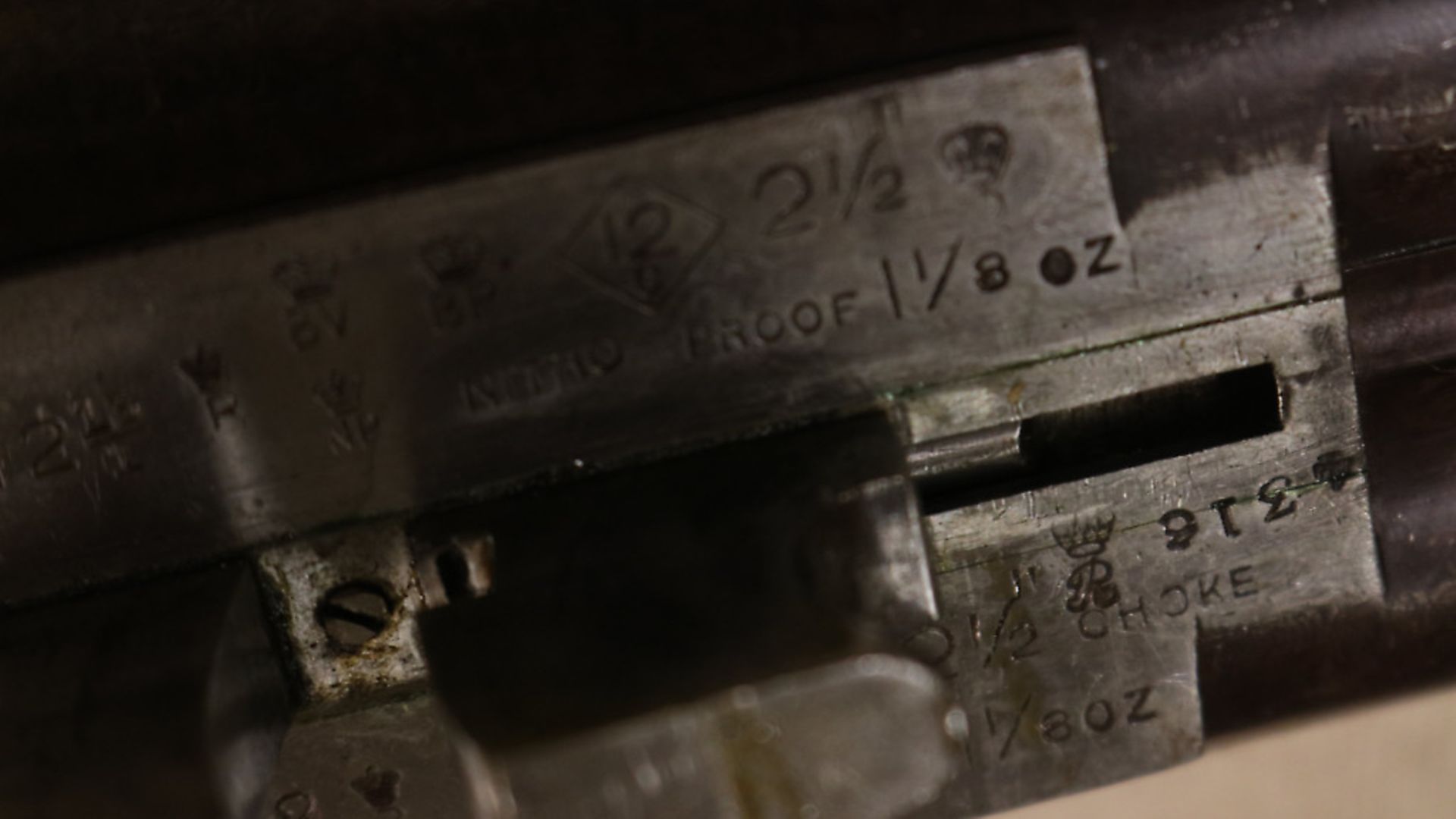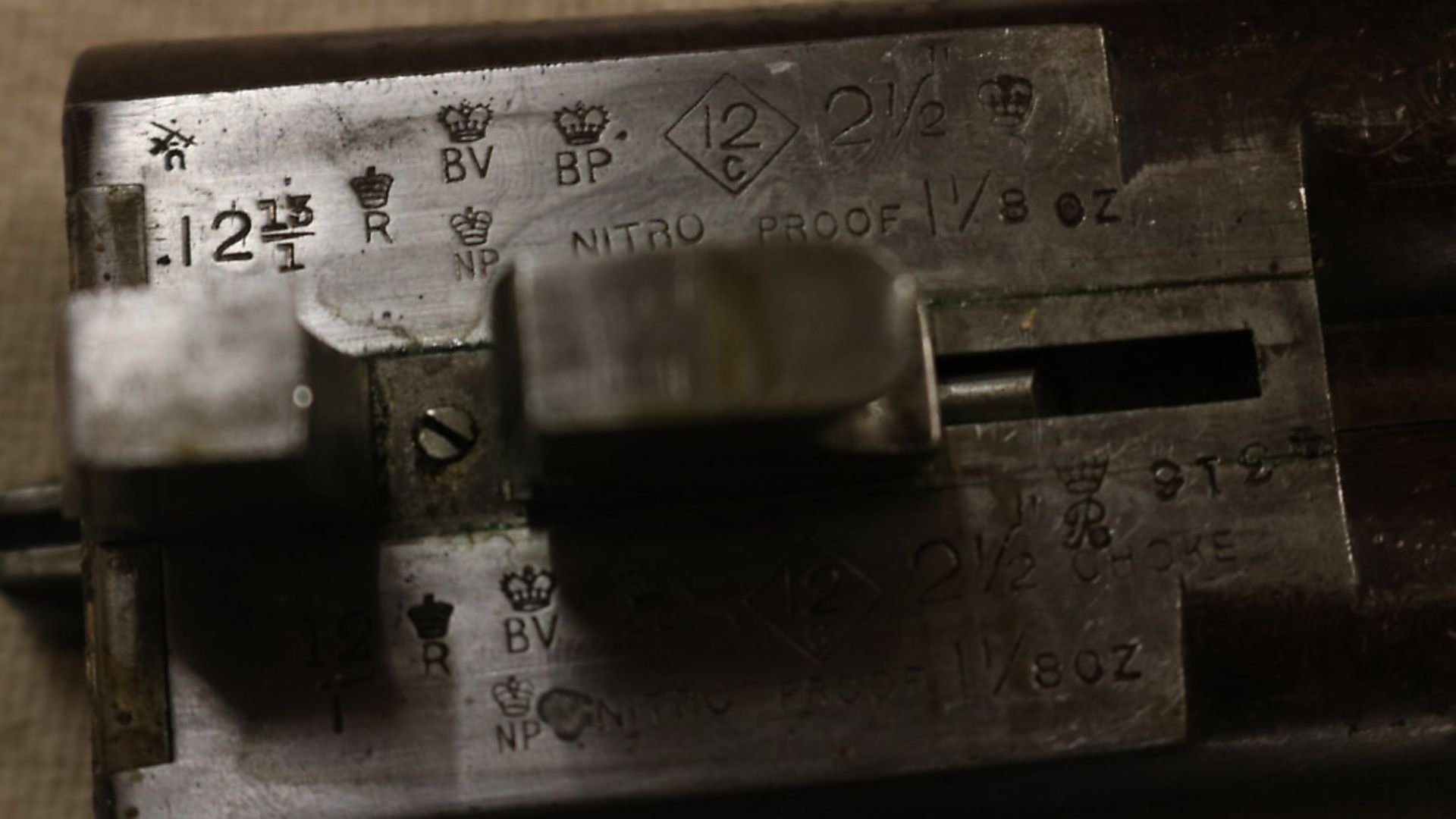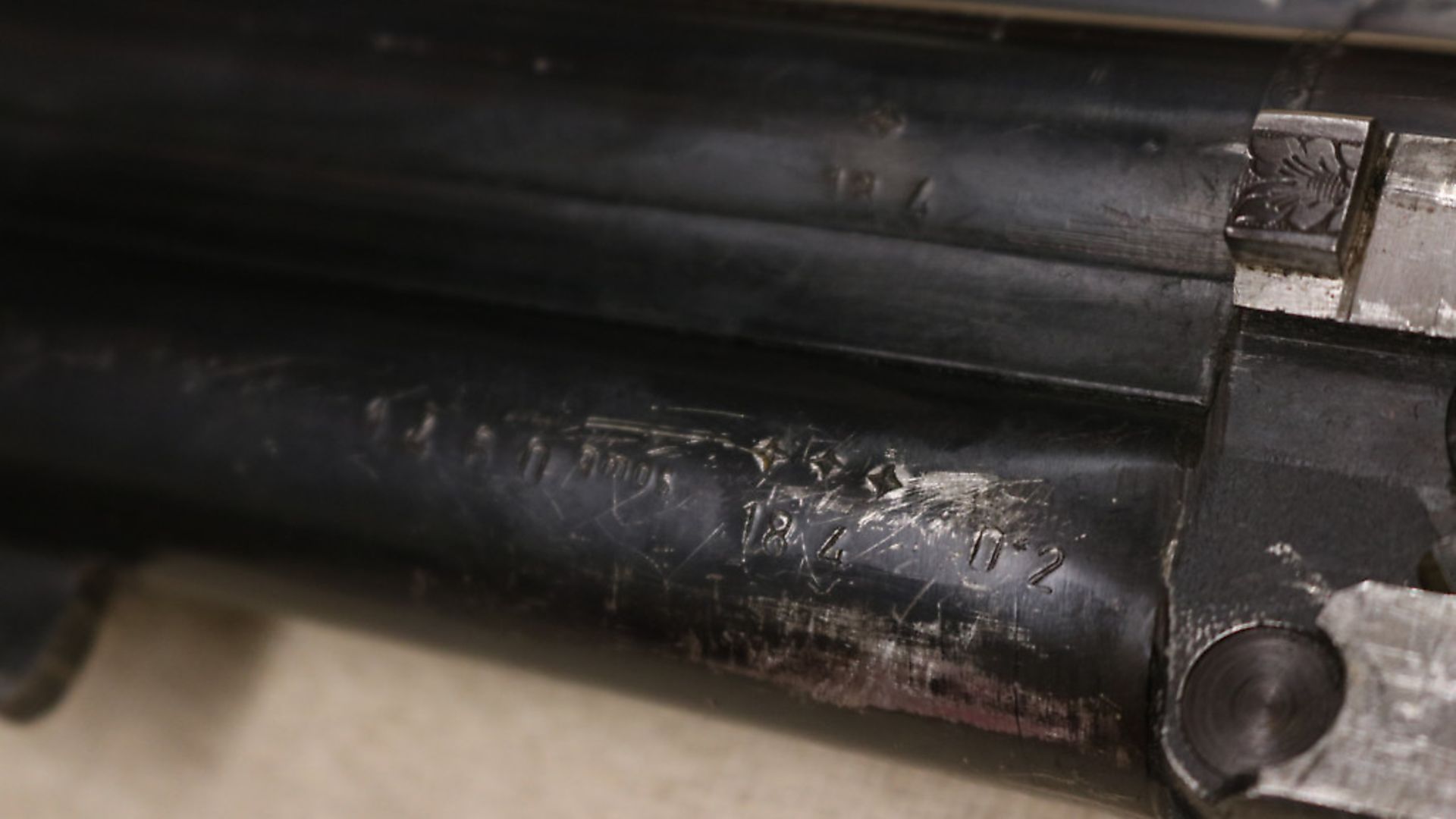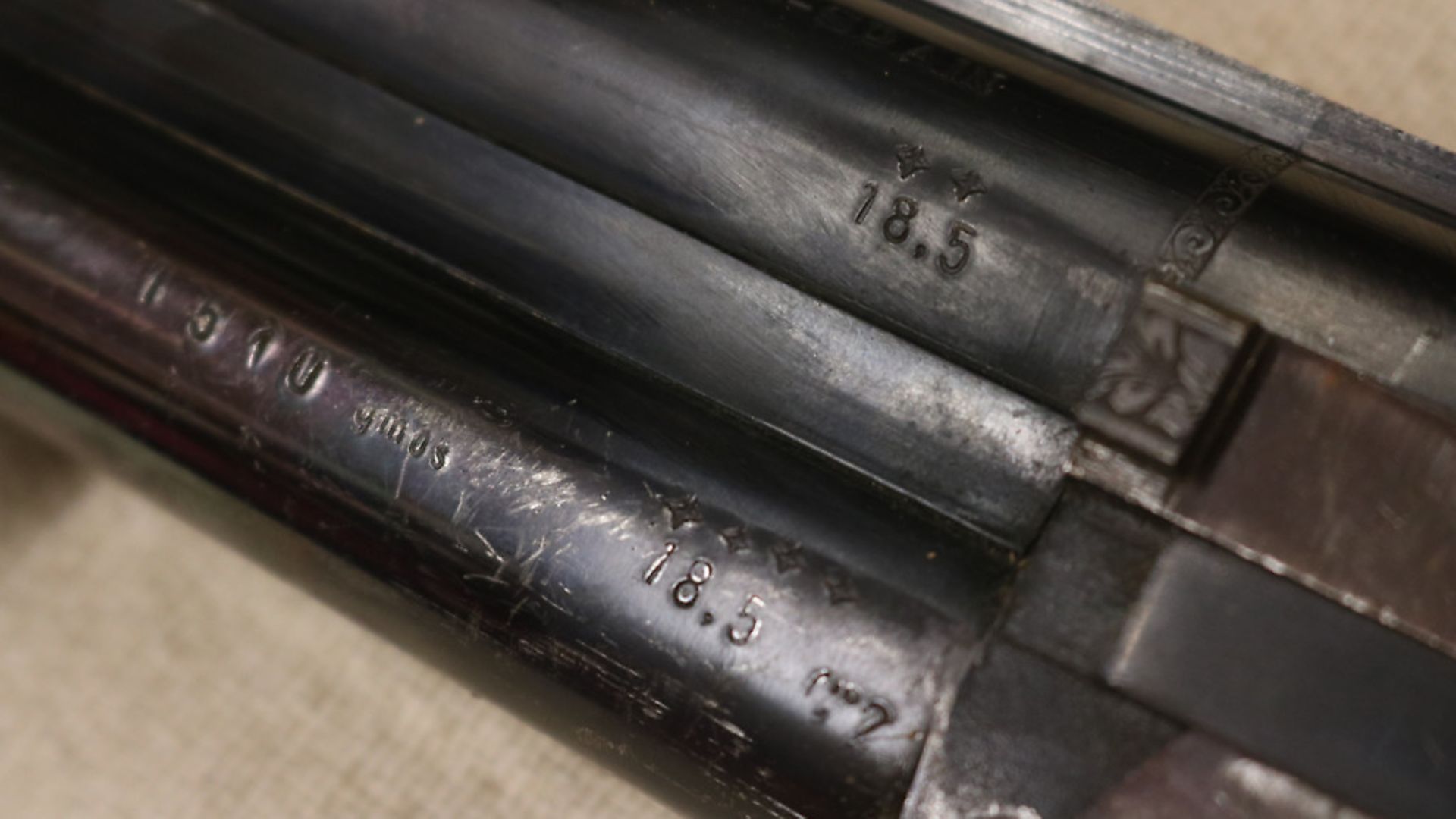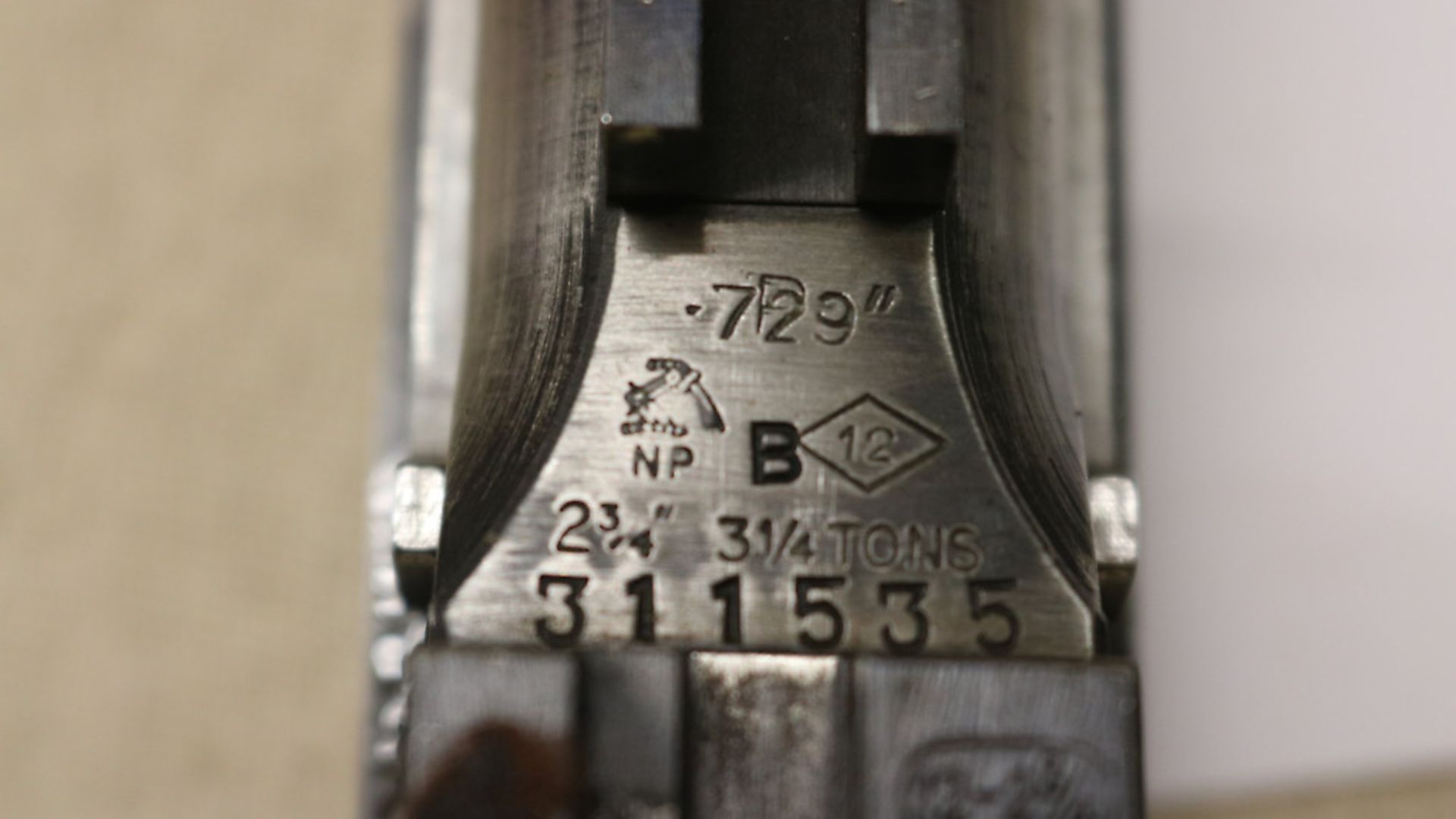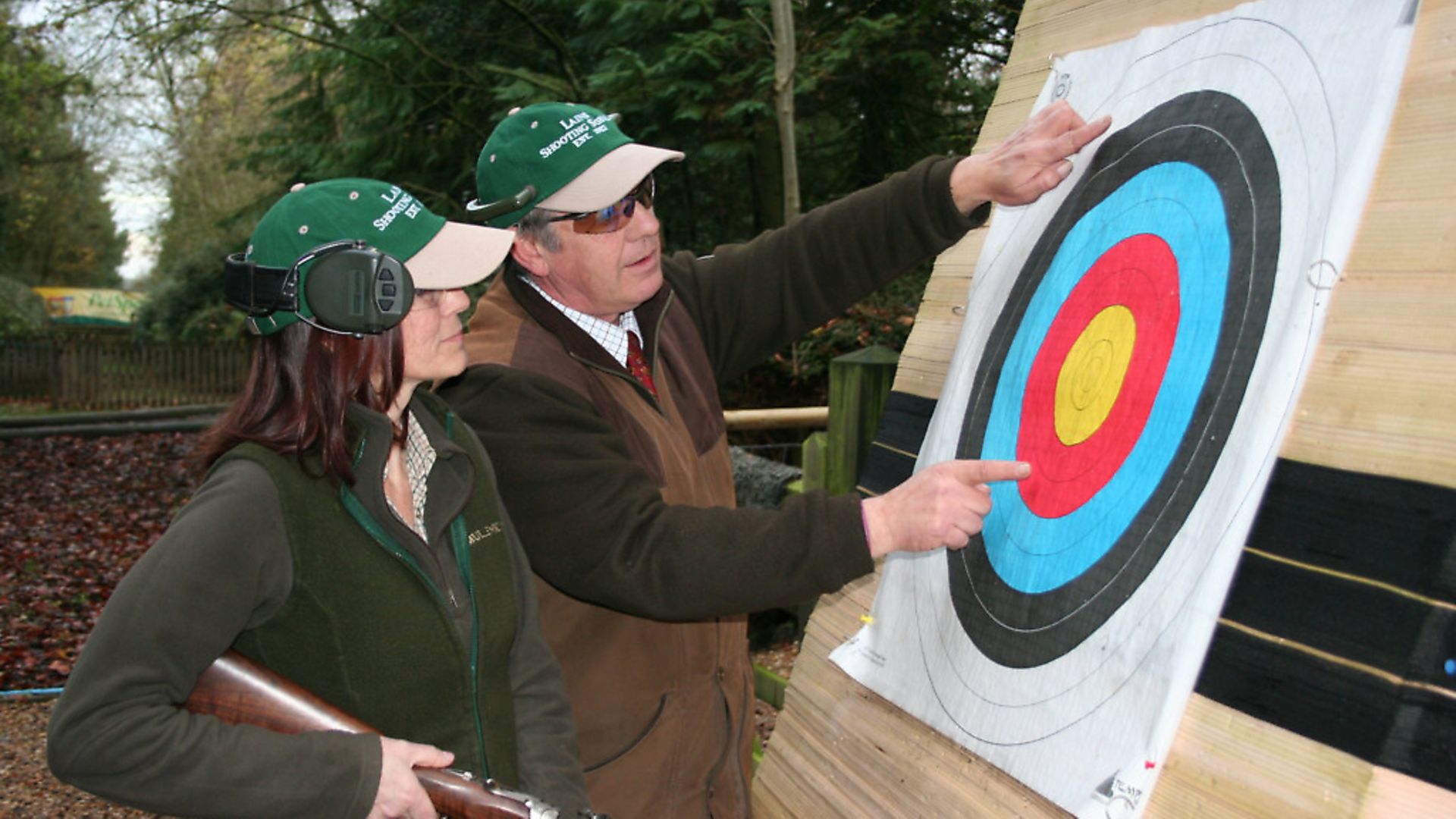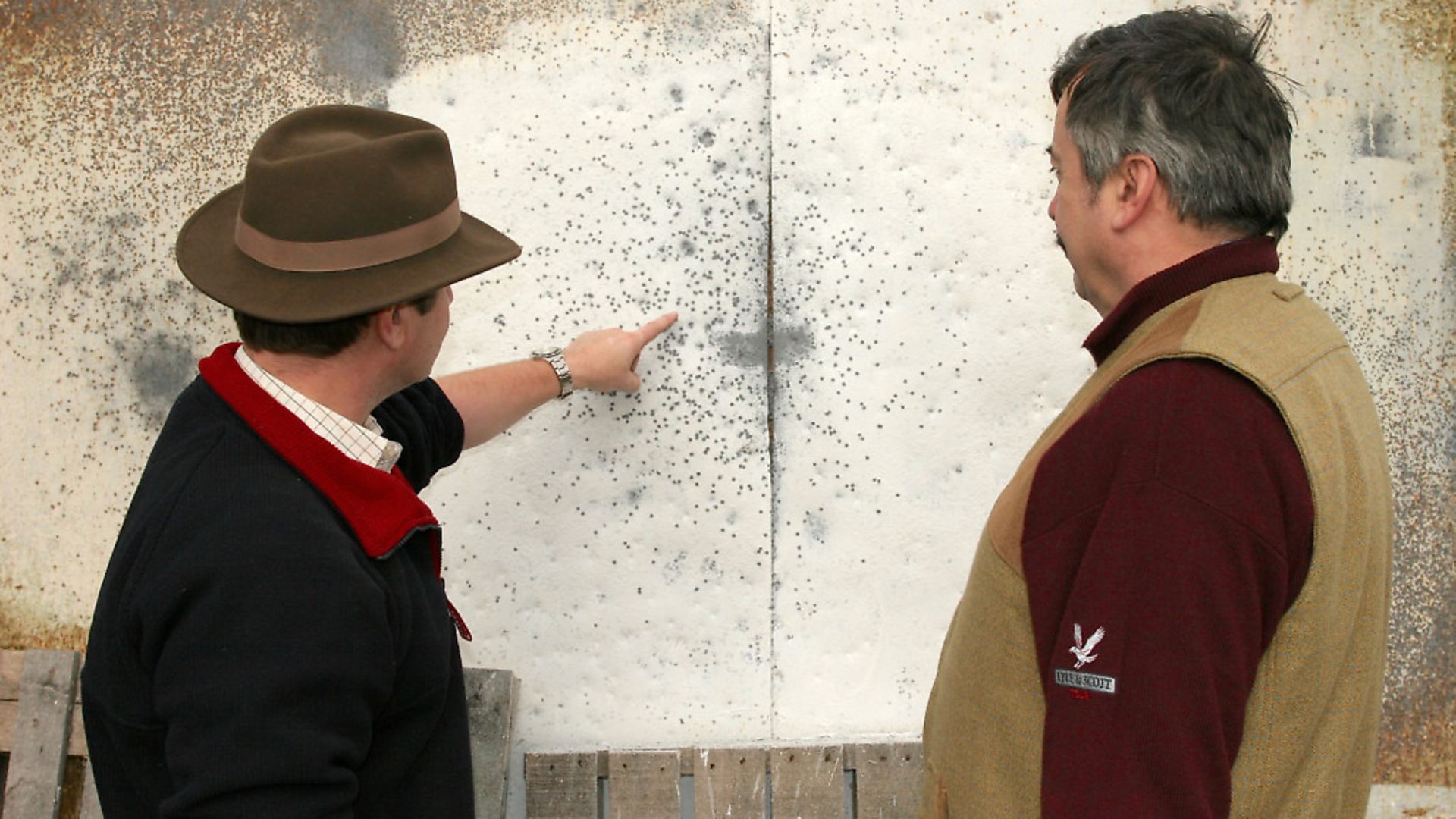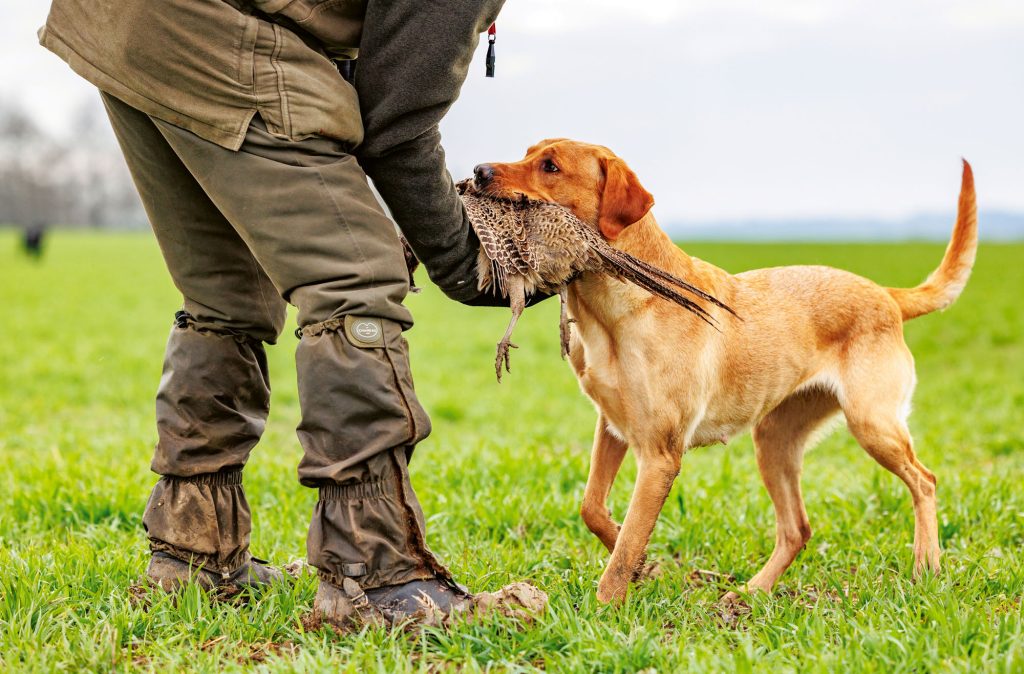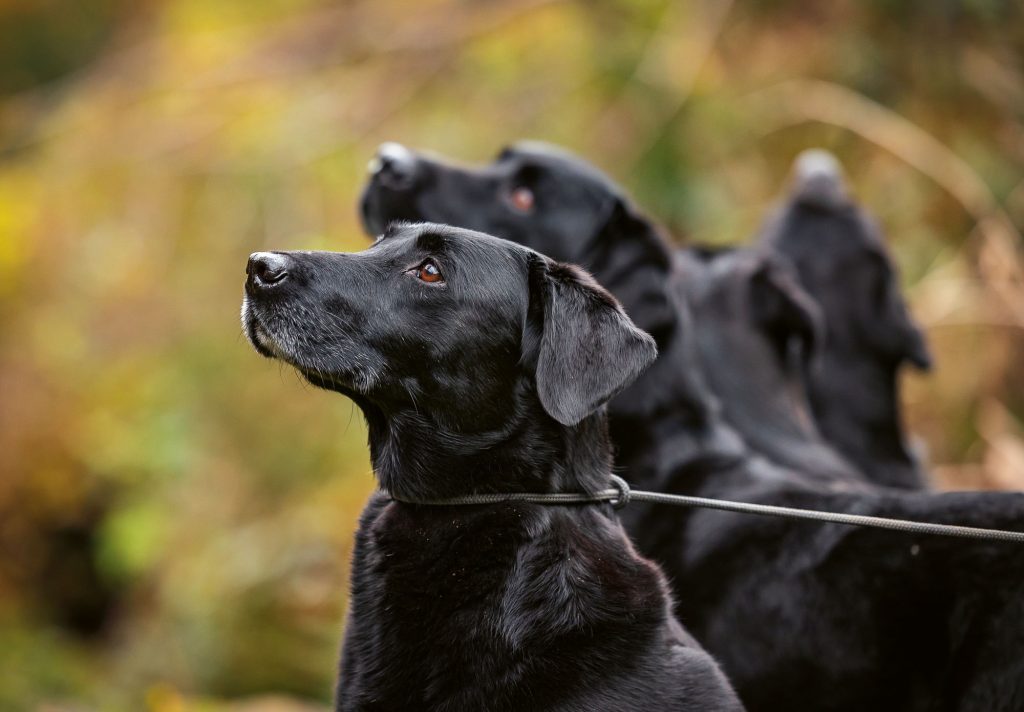All about bore – a not-so-boring tale
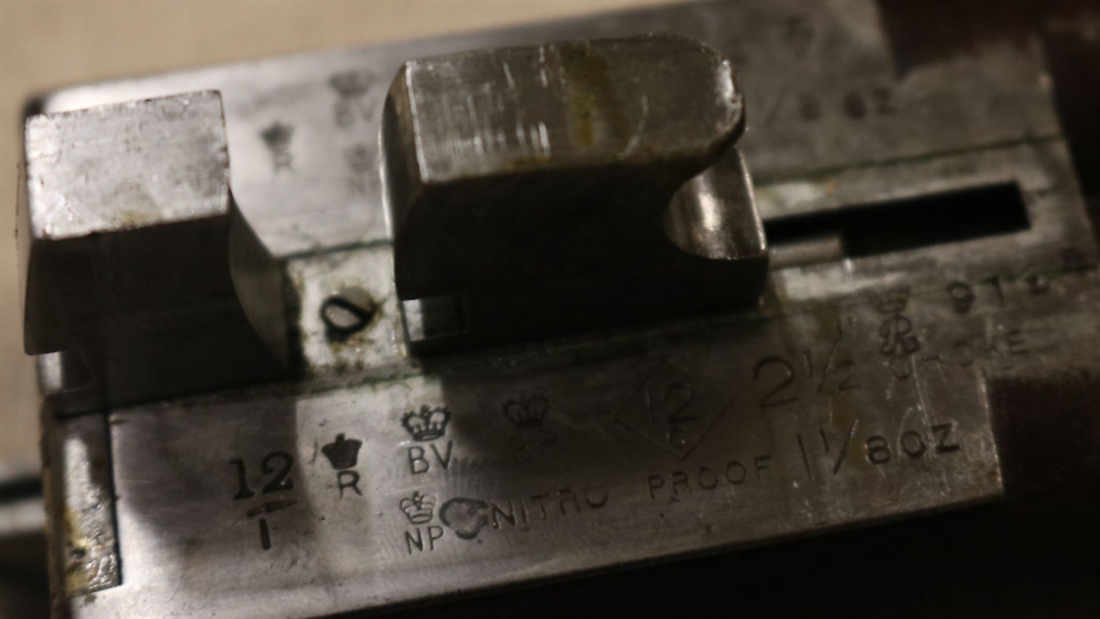
Find out all there is to know about bore sizes – and a little on choke, back-boring and proof – from the gunsmiths at The Gunshop at Botley
Bore size is something that isn’t perceived as being particularly interesting, however it is a subject that should be thought about and perhaps better understood if one is to throw around comments on choke, patterns, performance, recoil and anything generally gun-related.
A 12-bore, we have all been told many a time, is the diameter of a sphere of lead made of 1/12th of a pound of lead. This magical measurement is .729 of an inch – this is 12-bore. Or is it?!
The actual size of your bore is stamped on each barrel tube during proof, and will be clearly visible if you remove the barrels from your gun. The sizes come in different ‘languages’ – metric, imperial, or good old proof size. I will talk in imperial for the rest of this article.
The size that your barrels were made will change the way they pattern, recoil and perform, and it is worth getting a bore size gauge to have a look at your own gun, and learn a little (however dull it may seem) about your bore size, choke size, and all sorts of other things.
WHAT IS CHOKE?
We all know that ‘choke’ is a constriction at the muzzle. This is talked about widely and referred to in either 1/2, 1/4 etc., or Modified, Improved Cylinder etc. These are the standard allotments of constriction over the original bore proof size, which go up in increments of 10 thou of an inch (0.010 inch) per 1/4 choke. So, a 1/2 is 20 thou of an inch of constriction. If the original bore size is .729”, the choke at muzzle would read .709”, and so on and so forth. It is worth noting that a gun with tight bores and a half choke will perform/pattern very differently to an oversized barrel with half chokes. Choke length, and how the choke got from .729 to its relevant constriction, will affect its performance and patterning.
Choke is a subject that I could write reams about, but this is just a technical breakdown of what it actually means in physical constriction.
WHAT IS BACK-BORING?
This was a hot word a few years ago. Now, it’s generally just something that is done to guns, and isn’t such a selling (or boasting) point as it used to be. What most manufacturers refer to as ‘back-boring’ is the deliberate over-sizing of a bore to aid overall feel and performance. Instead of a gun being a nice tight .719-.729, the guns are deliberately made at larger sizes (.739-.744 etc).
This reduces friction of the shot and wad on the barrel walls, reduces deformed shot due to less stress being placed on the lead as it travels through a less constricted hole, can improve speeds due to less drag, and also reduces recoil. It will also produce different patterns to a traditional bore.
All of this is perhaps fairly true with plastic wad cartridges, but beware of using fibre wads in barrels with particularly large bores, as you can end up with inconstant velocities, patterns, and in severe cases, wads stuck somewhere up the barrel! Personally a slightly tighter bore works for me; the slightly higher recoil and slight lead deformation, in my experience, are a small price to pay for an overall better performance with fibre wads, which the world increasingly demands that we use.
WHAT IS PROOF?
Whatever the size of your bore, if it increases to anything over 10 thou of an inch from the original proof size, the gun will be considered ‘out of proof’. Selling out of proof guns is a finable offence, so it’s always worth a measure.
This was a fairly basic introduction to the world of bore and gauge. And in reality, none of it matters very much if the gun you shoot performs well. Many people have never even pattern-plated their guns – if you fall into this category, and you care about or are interested in anything that I have written, please go and shoot at a board and see how your gun performs with various chokes and cartridges. Perhaps compare it with friends’ guns, and generally spend some time ‘geeking out’ over your gun. It will boost confidence and perhaps help boost scores… then again, perhaps not.

